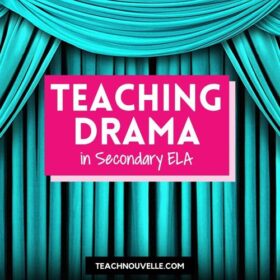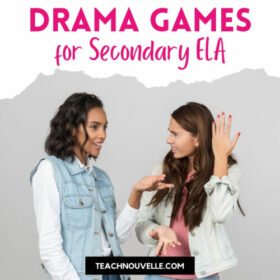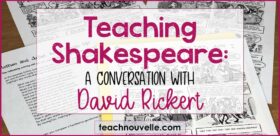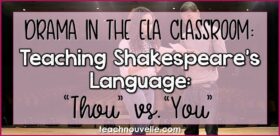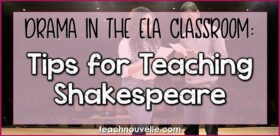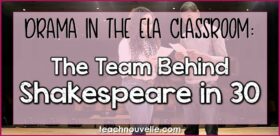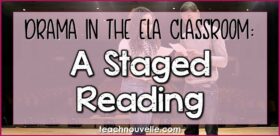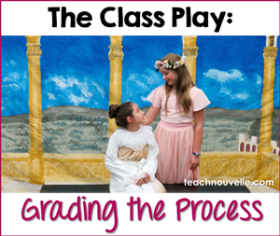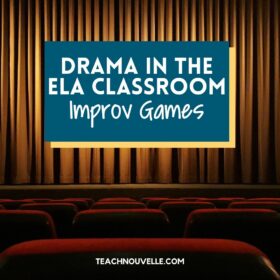
3 Aligned Song Pairings for an Innovative Romeo and Juliet Activity
How do YOU introduce students to Romeo and Juliet? Are you looking for an engaging Romeo and Juliet activity to start, center, and end your unit? If you are like me–tired of fighting the never-ending battle of AirPods in my students’ ears–then, I have advice for you. Stop fighting it, and embrace it. Incorporate activities where students have the chance to analyze music. Using music will boost student engagement AND give you a much-needed break from pleading, “Put away your headphones!” It will also help demystify Shakespearean language and the stigma that all of his works are difficult, boring, or irrelevant to our students’ worlds. Use the 3 contemporary song pairings below to incorporate music when teaching Romeo and Juliet. Each diverse song is used as a Romeo and Juliet activity to start, center, and


